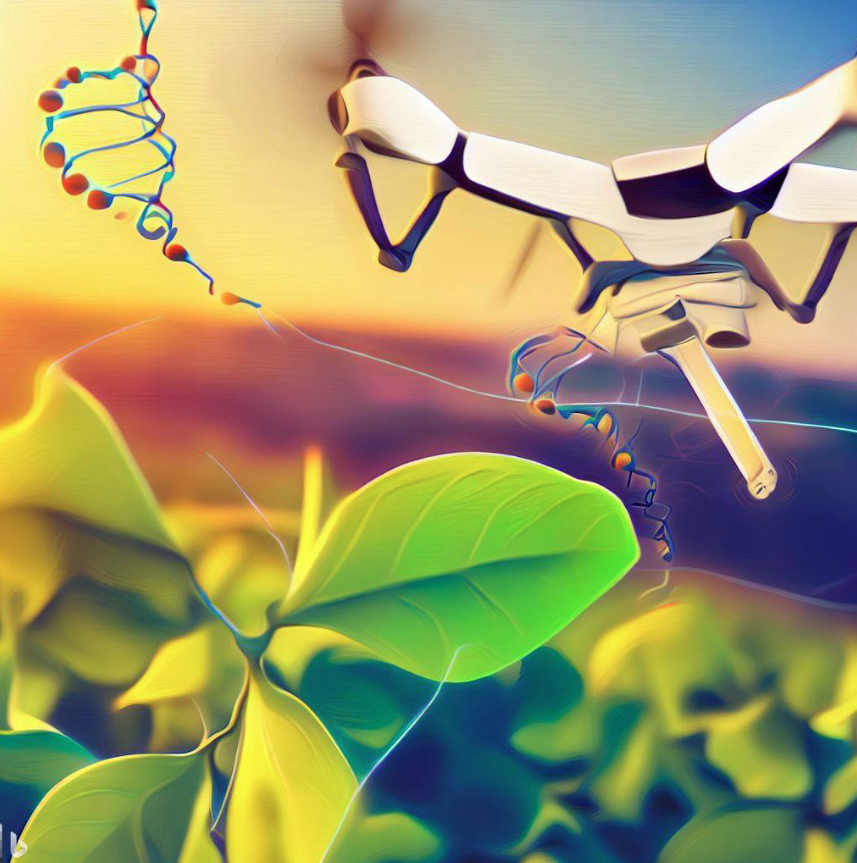GRiP – Genetic and Robotic technologies for Pest detection in vineyards
An interdisciplinary research project aiming at improving the sensitivity and timeliness of pest detection and surveillance in Swiss vineyards.
Globalisation and climate change have increased the risk of pest invasions and outbreaks, leading to substantial crop losses and economic damages in Switzerland and worldwide. Traditional methods like visual inspections, traps, and remote sensing often prove ineffective in timely detecting invasions or outbreaks during their early stages when efficient and sustainable management protocols are most critical. Environmental DNA (eDNA) surveys overcome this limitation thanks to their remarkable sensitivity in detecting even the smallest genetic traces left behind by organisms. However, eDNA surveys face challenges, as collecting eDNA in terrestrial ecosystems is labour-intensive due to the multitude of surfaces and sources that need sampling, and laboratory analysis often introduces time delays between sample collection and detection.
The GRiP project aims to overcome these limitations and facilitate the practical implementation of eDNA surveys by combining robotics and CRISPR-Cas technology. The primary application of this study is the detection of two invasive species, Scaphoideus titanus (which causes Flavescence dorée disease) and Popillia japonica Newman, in Swiss vineyards.
To streamline eDNA collection, we will employ aerial robots equipped with specialized sampling probes. These drones will autonomously descend and navigate the crop, gently swabbing various plant structures using soft adhesive bristles on the probe to collect DNA and DNA-containing particles. To ensure an accurate detection of pests and a quick “sample to results” procedure, we will harness the specificity of the CRISPR/Cas system for DNA-specific identification. This will be achieved through the integration of fluorescence-based or paper strip read-out methods, which provide rapid diagnostics, thereby facilitating near real- time monitoring. Rigorous testing of these technologies will be conducted in Swiss vineyards to develop a reliable eDNA survey protocol and assess its cost-effectiveness and scalability.
Through the integration of robotics and genetic technologies, this interdisciplinary research project aims to improve the sensitivity and timeliness of pest detection and surveillance in Swiss vineyards, with potential implications beyond this specific context. By leveraging the adaptable nature of the CRISPR/Cas system, this proposed detection approach holds promise for expanding to cover a wide range of pathogens and their hosts, capable of transmitting diseases. When combined with robot-based in situ surveys, eDNA sensing has the potential to become a scalable solution for biomonitoring, addressing emerging threats like pests and pathogens, assessing ecosystem health (including soil and pollinator diversity), and providing evidence to support sustainable management practices such as optimized fertilizer and pesticide applications.
